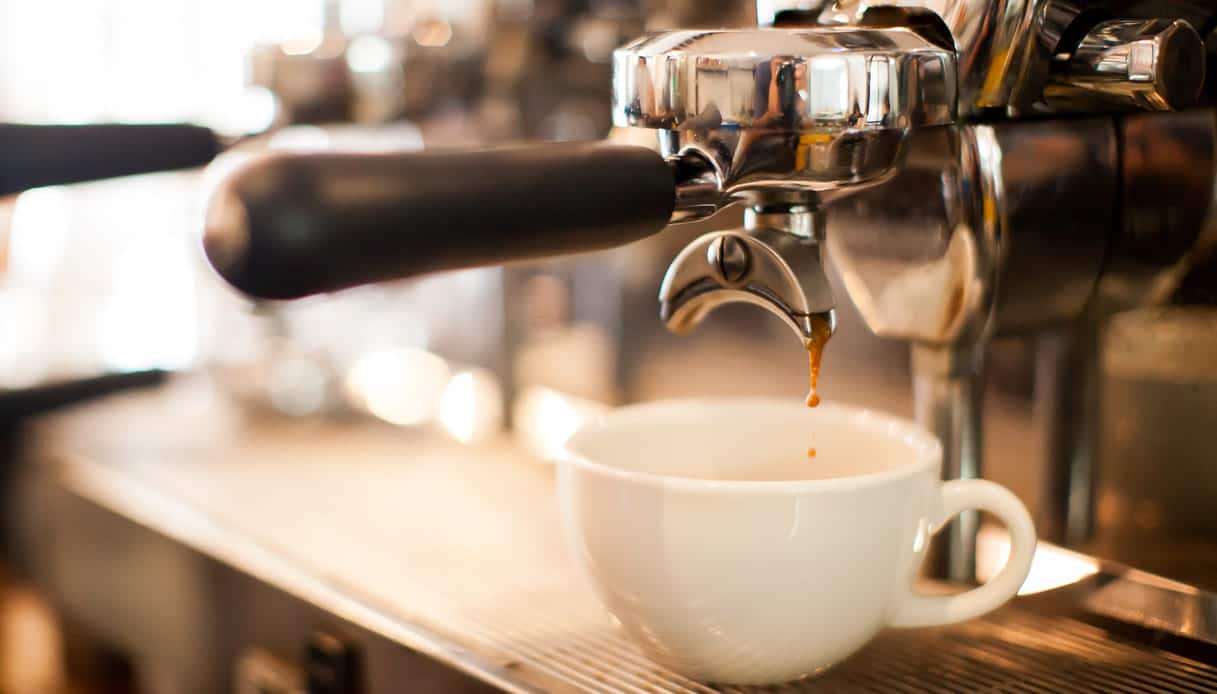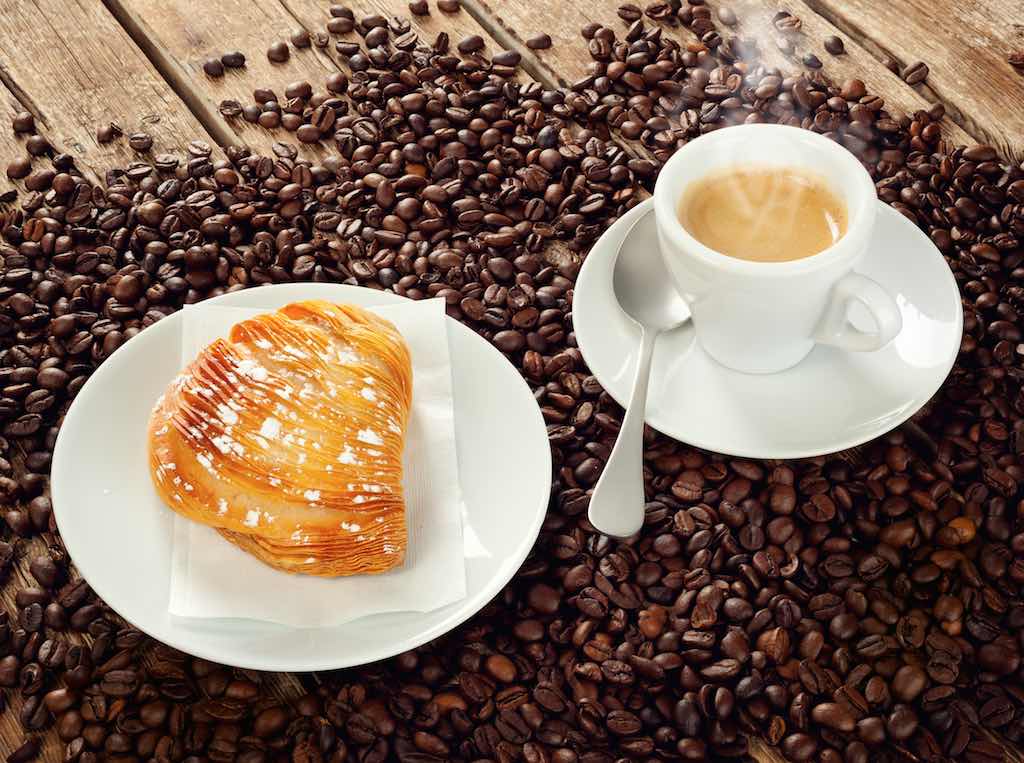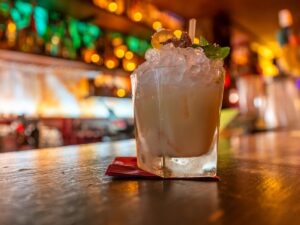Neapolitan Espresso coffee is a blend of skill, history and expert preparation. Unlike other Italian baristas, Neapolitans do not operate modern automatic and semi-automatic machines.
They still prefer the lever-operated one, which is able to produce a complete extraction of the mixture and does not charge stagnant water but clean water directly from the boiler.
Try entering a bar in Naples; you won’t find anyone clicking a single button. But only baristas sending levers down and up, extracting caffeine into an almost red-hot cup.
It must keep the infusion hot, while on the counter a glass of strictly free water is ready to accompany saucer and spoon. Before sipping, the palate must be cleaned in order to appreciate all the nuances of the infusion. This is the bon-ton of Neapolitan coffee, whether you like it sweetened or not.
The coffee plant started out in Abyssinia, present-day Ethiopia, from where it spread to Arabia and Turkey. Right in Constantinople, in 1554, was opened the first coffee tasting room.
In the seventeenth century, black grains of the Arab qahwa arrived in Europe on board of Venetian merchants’ ships, starting from Turkey.
The word kahve, brought in Laguna, was italianized in coffee. The first European city that made it a real institution? Habsburg Vienna.
And Hapsburg was also Trieste, in whose port were landing sacks full of beans destined to Kaffeehaus, the famous Viennese coffee houses.
Therefore the city of Trieste cultivated over time a real and proper coffee culture, still today based on the same dynamics of the past. The port of Trieste is still the main European maritime access for Turkish products.

The movement of coffee is equivalent to one third of national imports.
Then there is the other coffee capital, Naples, which had something to do with the Hapsburgs. In the seventeenth century it was the most populous city in the West, second in the Mediterranean only to Constantinople itself.
The beans arrived by the hand of Venetian merchants. Coffee did not spread immediately in the shadow of Vesuvius.
In Naples was strong the power and the influence of the local clergy and of the Church. The prelates hindered its use because of its color and because of its exciting properties.

The clergy considered Neapolitan coffee as the bearer of evil eye and the devil’s beverage. The chef from Marche, Antonio Latini, in his cooking treatise “Lo scalco alla moderna” written and published in Naples in 1694, mentioned coffee as a remedy for convalescents.
Naples was always a Spanish city and Iberian merchants brought cocoa from the western colonies of America. Much more than oriental coffee, Neapolitans consumed and preferred the chocolate beverage.
In the second half of the eighteenth century, at a time when the recovery of the economy of the Kingdom of Naples was being theorized after the years of the viceroyalty, luxury goods, such as exotic products, were also used.
They were considered a stimulus for national prosperity by Ferdinando Galiani and Antonio Genovesi, leading figures of the Neapolitan School of Economics.
Giuseppe Maria Galanti, in 1771, wrote about the importance of Neapolitan coffee: “the ‘Bilancio del Commercio esterno del Regno, fatto d’ordine del Re’ (Balance Sheet of the External Commerce of the Kingdom, made by order of the King) reported a really high expense for the importation of cocoa, in a quantity almost three times higher than coffee”.
Queen Maria Carolina, the Viennese who married Ferdinand of Bourbon in 1768, gave a great boost to the black beverage. The Hapsburg diplomacy had interpreted the marriage between a Hapsburg and a Bourbon as an instrument for the subtraction of the Kingdom of Naples from the Spanish influence from Madrid, a political objective that also passed through the affirmation of the Viennese habit in the court etiquette.
Coffee took on a diplomatic function on the Vienna-Naples axis, and thus a strong impulse was given to importation, rooting its tradition in Neapolitan culture.





